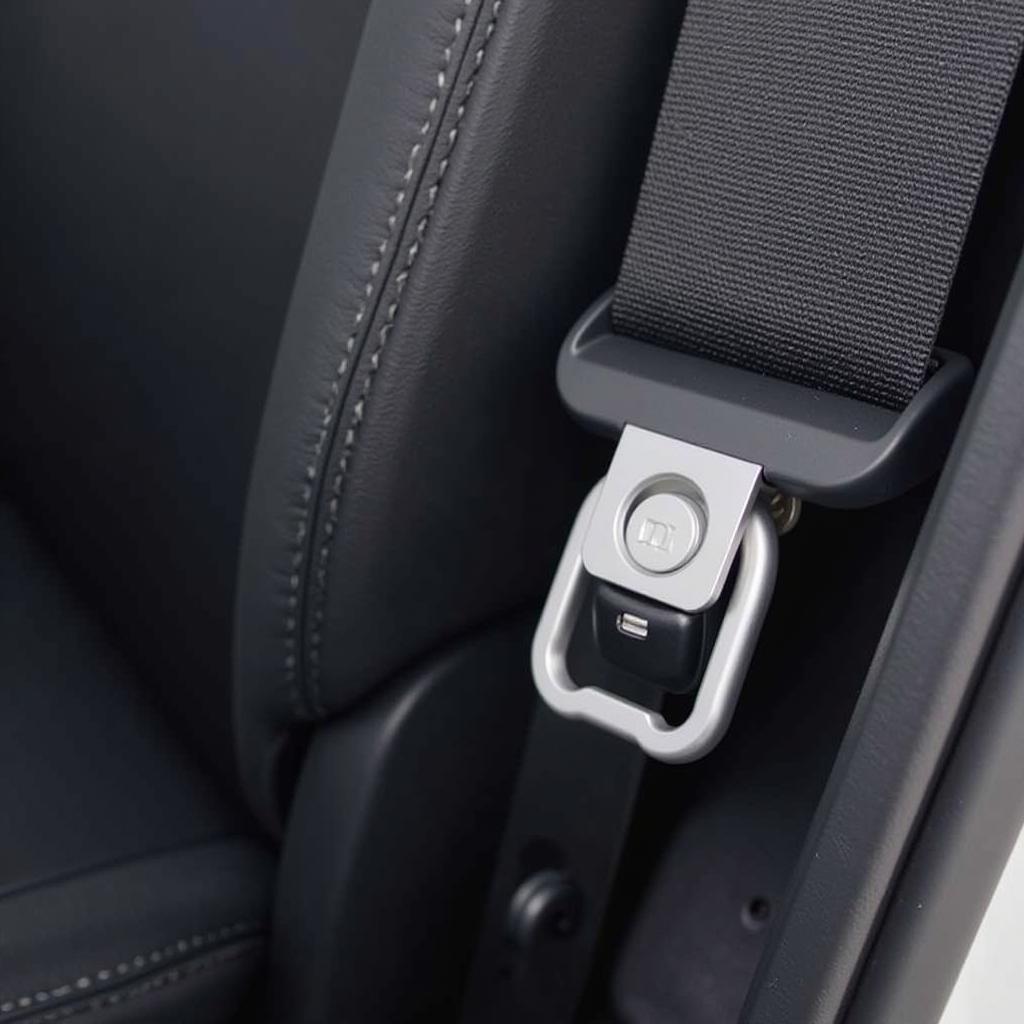The Toyota MR2, a beloved mid-engined sports car, is known for its performance and unique style. However, like any vehicle, it can experience issues, and one common problem is battery drain. If you’re finding your MR2’s battery dead after sitting for a while, you’re not alone. This issue can be frustrating, but the good news is that it’s often solvable without a trip to the mechanic.
Common Causes of MR2 Battery Drain
There are several reasons why your MR2 might be experiencing battery drain. Understanding these culprits is the first step to getting your car back on the road.
1. Parasitic Draw: The Silent Battery Killer
A parasitic draw occurs when a component in your car continues to draw power from the battery even when the ignition is off. This slow drain can deplete your battery over time, leaving you stranded.
Several components can cause a parasitic draw in an MR2, including:
- Interior lights: Leaving your dome light, glove box light, or even the lights on your aftermarket stereo can drain your battery.
- Faulty alternator: While the alternator charges your battery while driving, a failing one can actually drain it when the engine is off.
- Bad battery terminals or connections: Corroded or loose battery terminals can prevent your battery from charging properly and lead to drain.
- Aftermarket electronics: Aftermarket stereos, amplifiers, and security systems, if not installed correctly, can contribute to parasitic draw.
2. Old or Failing Battery
A battery that’s nearing the end of its lifespan won’t hold a charge as effectively. Batteries typically last 3-5 years, but factors like extreme temperatures and driving habits can affect their lifespan.
3. Driving Habits
Frequent short trips can prevent your alternator from fully recharging your battery. This is especially true if you’re running power-hungry accessories like the heater, air conditioning, and headlights.
Troubleshooting MR2 Battery Drain
Before you jump to conclusions, it’s important to diagnose the problem correctly.
“A multimeter is your best friend when it comes to electrical issues,” says master mechanic John Anderson. “It’s an affordable tool that can save you a lot of headache.”
- Check for obvious drains: Start with the simplest things. Make sure all interior and exterior lights are off when the car is parked.
- Test the battery: Use a multimeter to check the battery voltage. A fully charged battery should read around 12.6 volts.
- Perform a parasitic draw test: This test involves using a multimeter to measure the current draw when the car is off. A draw of over 50 milliamps is often a sign of a problem.
- Inspect the battery terminals and connections: Look for signs of corrosion or loose connections. Clean or tighten them as needed.
- Check the alternator: Have your alternator tested at an auto parts store or by a mechanic. A faulty alternator needs to be replaced.
Preventing Future Battery Drain
Once you’ve solved your MR2’s battery drain problem, take steps to prevent it from happening again:
- Be mindful of your lights: Double-check that all lights are off when you exit your car.
- Limit short trips: If possible, combine errands or take longer drives to allow your battery to charge fully.
- Maintain your battery: Clean your battery terminals regularly and have your battery tested every couple of years.
- Be cautious with aftermarket electronics: If you’re installing aftermarket electronics, have them professionally installed to minimize the risk of parasitic draw.
Conclusion
A draining battery can put a damper on your MR2 driving experience. By understanding the common causes and following the troubleshooting steps outlined above, you can get to the root of the problem and get back to enjoying the open road. Remember, regular maintenance and being mindful of your driving habits can go a long way in preventing future battery issues.


